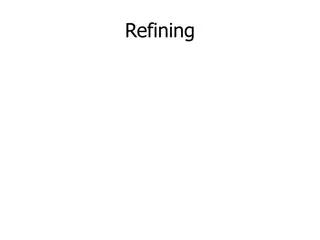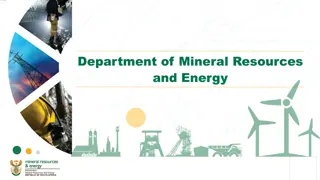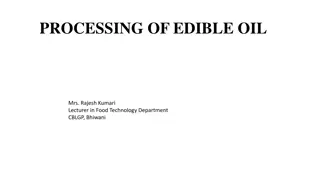
Forming Scientific Questions from Field Observations
Explore the process of forming scientific questions based on field observations, from generating fact, comparison, why, and how questions to developing research projects. Understand the importance of specificity and environmental factors in shaping research inquiries.
Download Presentation

Please find below an Image/Link to download the presentation.
The content on the website is provided AS IS for your information and personal use only. It may not be sold, licensed, or shared on other websites without obtaining consent from the author. If you encounter any issues during the download, it is possible that the publisher has removed the file from their server.
You are allowed to download the files provided on this website for personal or commercial use, subject to the condition that they are used lawfully. All files are the property of their respective owners.
The content on the website is provided AS IS for your information and personal use only. It may not be sold, licensed, or shared on other websites without obtaining consent from the author.
E N D
Presentation Transcript
Forming Scientific Questions From field observations to research projects
Take 5 Minutes Re-read the questions you turned in last week Turn over you index card and read my comments Raise your hand if you do not understand my comments and someone will come help you
Fact Questions Example: How many spiders live in the grass? What data would you collect to answer this question? Number of spiders found in your nets or traps. What would your hypothesis be? It s hard to make one. Guessing the number of species is kind of like guessing the number of jelly beans in a jar. You may be able to guess how many spiders there are, but it won t tell you anything about why there are so many or so few. How could you make this a scientific question? Think about what factors in the environment matter to spiders. Think about how those factors vary between habitats.
Comparison Questions Example: Are certain areas better for mushrooms than others? This question is very broad. Think about: What determines where mushrooms grow? What are some examples of areas with different environmental conditions important to mushrooms? Restate your question to be more specific, knowing what you know about mushrooms and the different habitats in Tomales Are mushrooms more dense in mostly shady areas? Are mushrooms more dense in grazed or ungrazed areas?
Why? Questions Example: Why are there a lot of little clovers under the tree? Think about reasons for this pattern What is the environment like under a tree? What is the environment like out in an open field? Think about a more specific question Example: Are clovers more dense in shady habitats? Example: Are clovers more dense in moist habitats? Example: Are clovers more dense under certain tree species?
How? Questions Example: How does grazing affect nutrients in a stream? Think about the reasons grazing might affect nutrients in a stream How do cattle and sheep affect the nutrient cycle through their diet? How do cattle and sheep affect the nutrient cycle through their behavior? Now think about specific questions based on those facts Do cattle and sheep increase nitrogen inputs into streams? Do cattle and sheep increase the turbidity of streams?






















